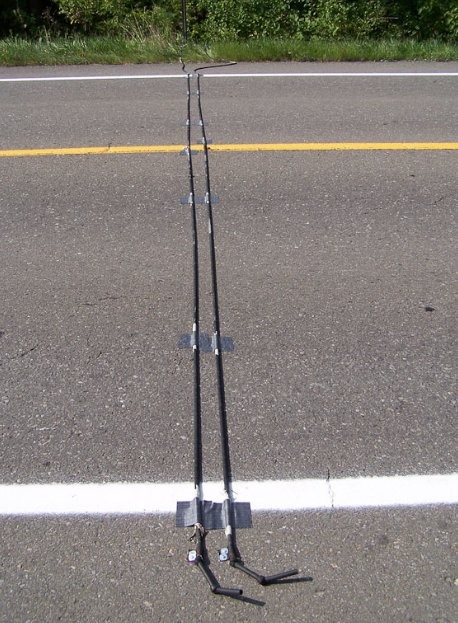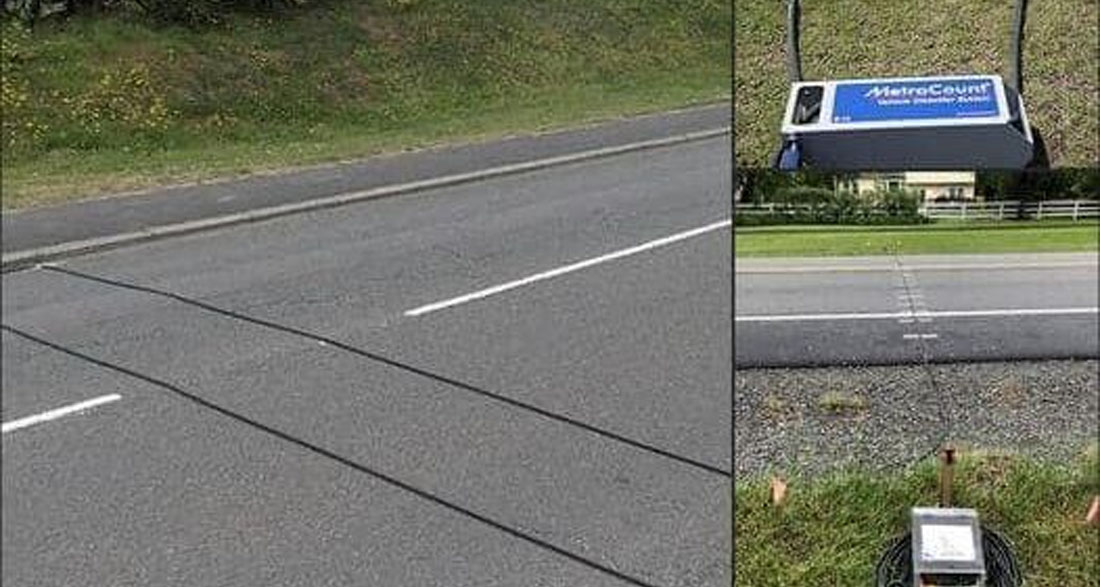Every time you hit the road, whether you’re driving through city streets or zooming down the highway, you might notice some thin black wires laid out across the road. Have you ever wondered what they are? At first glance, they seem like they don’t belong there, like someone forgot to pick them up after some roadwork.
But in reality, these black cables have an important job—they help control traffic and keep our roads safe.
These black tubes are called portable traffic counters, and they’re placed on roads to help gather information about how many cars are driving through an area, what time they’re passing by, and how heavy the traffic gets. You might not see the data they collect, but this information is used to plan road improvements, adjust speed limits, and even decide where new roads should be built.
There are more than 12,000 of these counters spread across the state, each working silently to gather essential traffic data.
How Do They Work?
The technology inside these black tubes is brilliant yet simple. When a car drives over one of the tubes, the pressure from the car’s tires forces air through the tube. This little burst of air sends an electrical signal to a counter, which records the car’s passing. By measuring how often these bursts happen, transportation experts can figure out how many vehicles are using the road at different times of the day.
And that’s not all! When two tubes are placed side by side, they can gather even more detailed information. They can track how fast the cars are going, what types of vehicles are on the road, and whether they’re traveling in the same direction or going opposite ways.
“These tubes are our eyes on the road,” says a traffic data analyst. “They tell us how busy a road is, how fast people are driving, and even what kinds of vehicles are using the road. It helps us make decisions about everything from speed limits to road expansions.”
Gathering Important Data
These black tubes aren’t just for counting cars—they’re a key part of understanding traffic patterns. The U.S. Department of Transportation explains that every time a vehicle passes over a tube, the burst of air closes a switch and sends a signal to a recording device. The tubes can be placed for short-term use—just a few days—or for long-term studies where they stay in place for much longer.
Temporary setups help transportation planners get a quick glimpse of traffic in a certain area, while permanent setups provide ongoing data for larger projects.

“We usually install temporary tubes when we need a fast overview of the traffic in a construction zone,” explains a transportation engineer. “For long-term studies, like in high-traffic areas, permanent tubes help us monitor traffic over months or even years.”
Fixing Road Problems
One of the most helpful uses for these black tubes is solving traffic problems. Imagine you live in a neighborhood where drivers are constantly speeding through. You and your neighbors keep complaining, but nothing seems to change. This is where the black tubes come in. They can be placed in problem areas to collect data, showing exactly what’s happening with traffic.
The data helps transportation officials make decisions about how to solve the issue—whether that means adding speed bumps, new signs, or even redesigning the road.
These tubes work best on straight stretches of road where the data can be collected without interference. When used in pairs, they can track speed, direction, and vehicle type, helping traffic experts understand what’s really going on.
“This kind of data is crucial for solving traffic problems,” says a city planner. “Without it, we’d be guessing about what to do. The black tubes give us hard evidence.”
Next Time You See Them…
So, next time you see those black tubes stretched across the road, you’ll know they’re there for a reason. They’re quietly gathering data that will help shape the future of our roads. These tubes are like silent observers, keeping track of every vehicle that passes by and helping experts make our streets safer and more efficient.
The next time you drive over one of these cables, remember—you’re part of a larger system that’s helping improve the roads you use every day.
Let us know your thoughts in the comments below!

